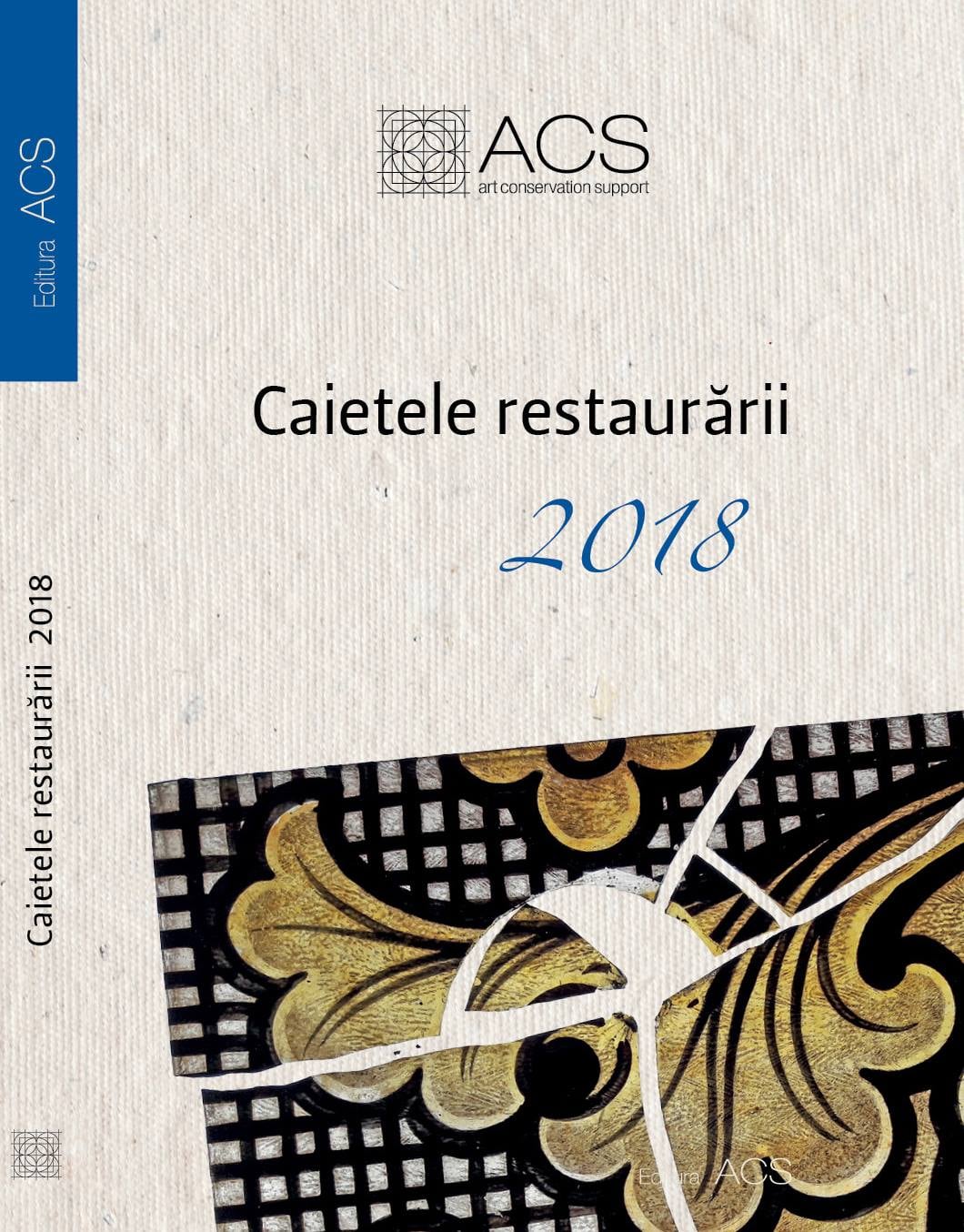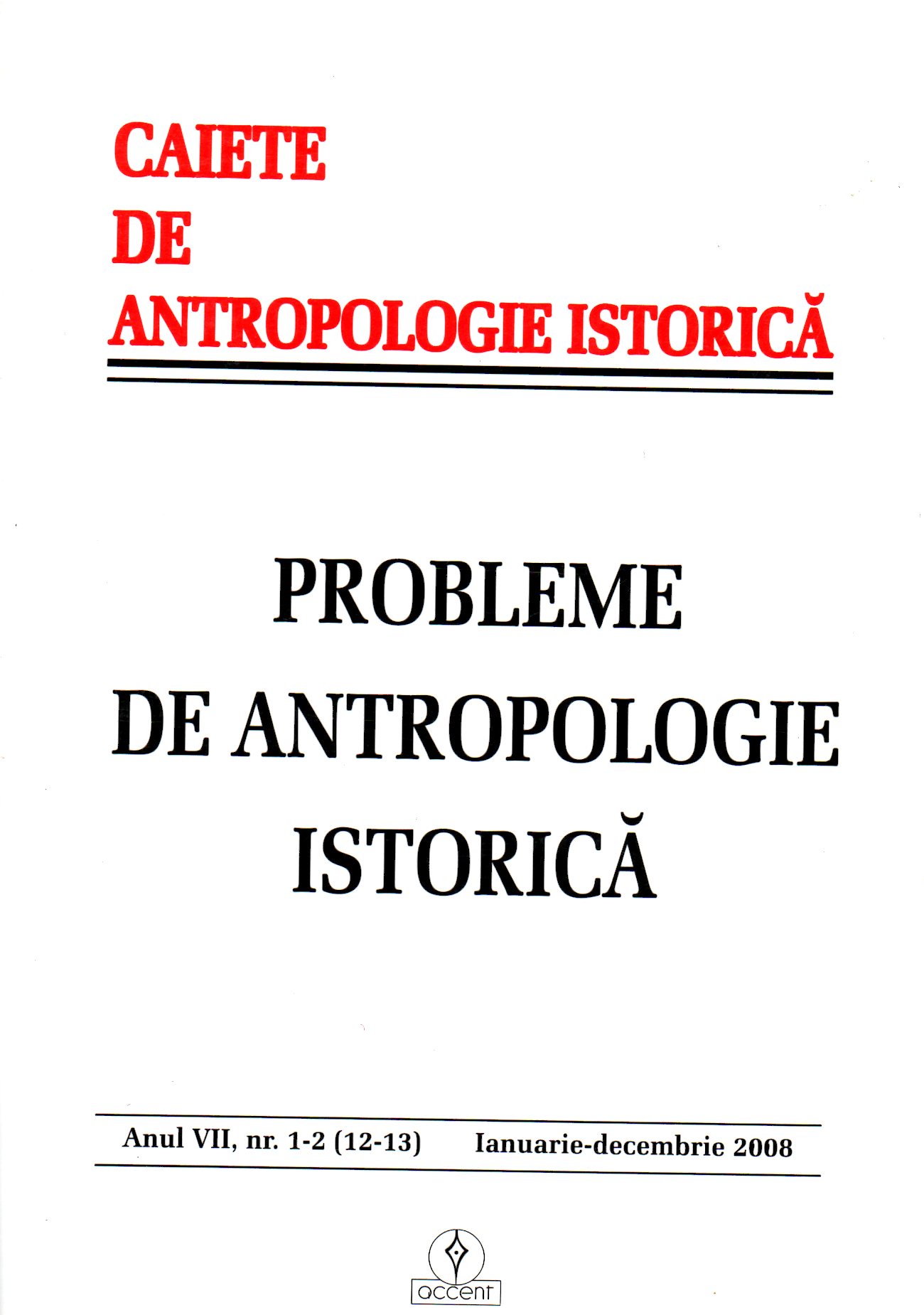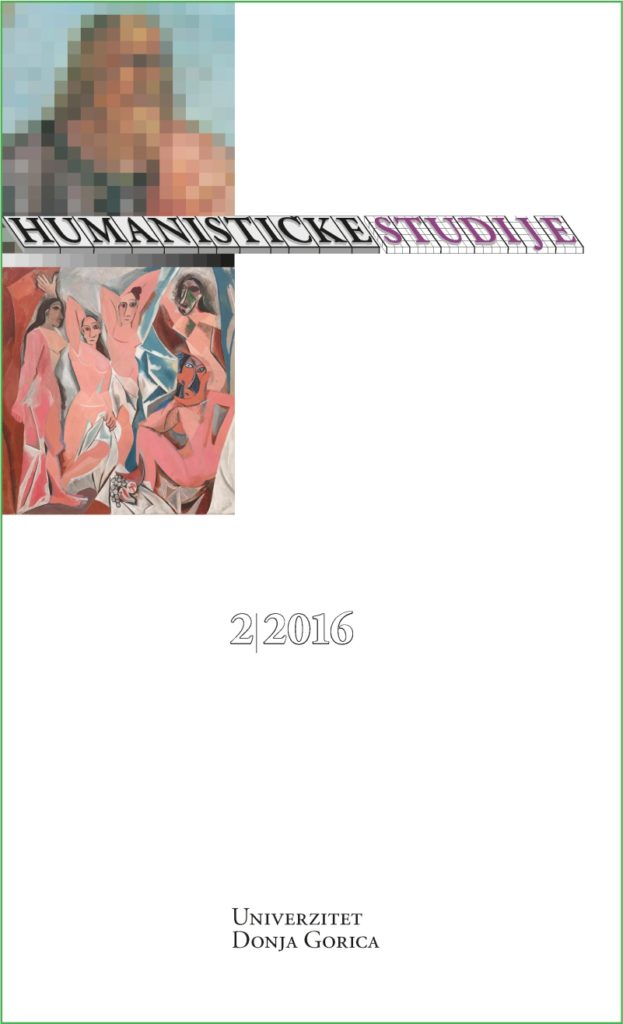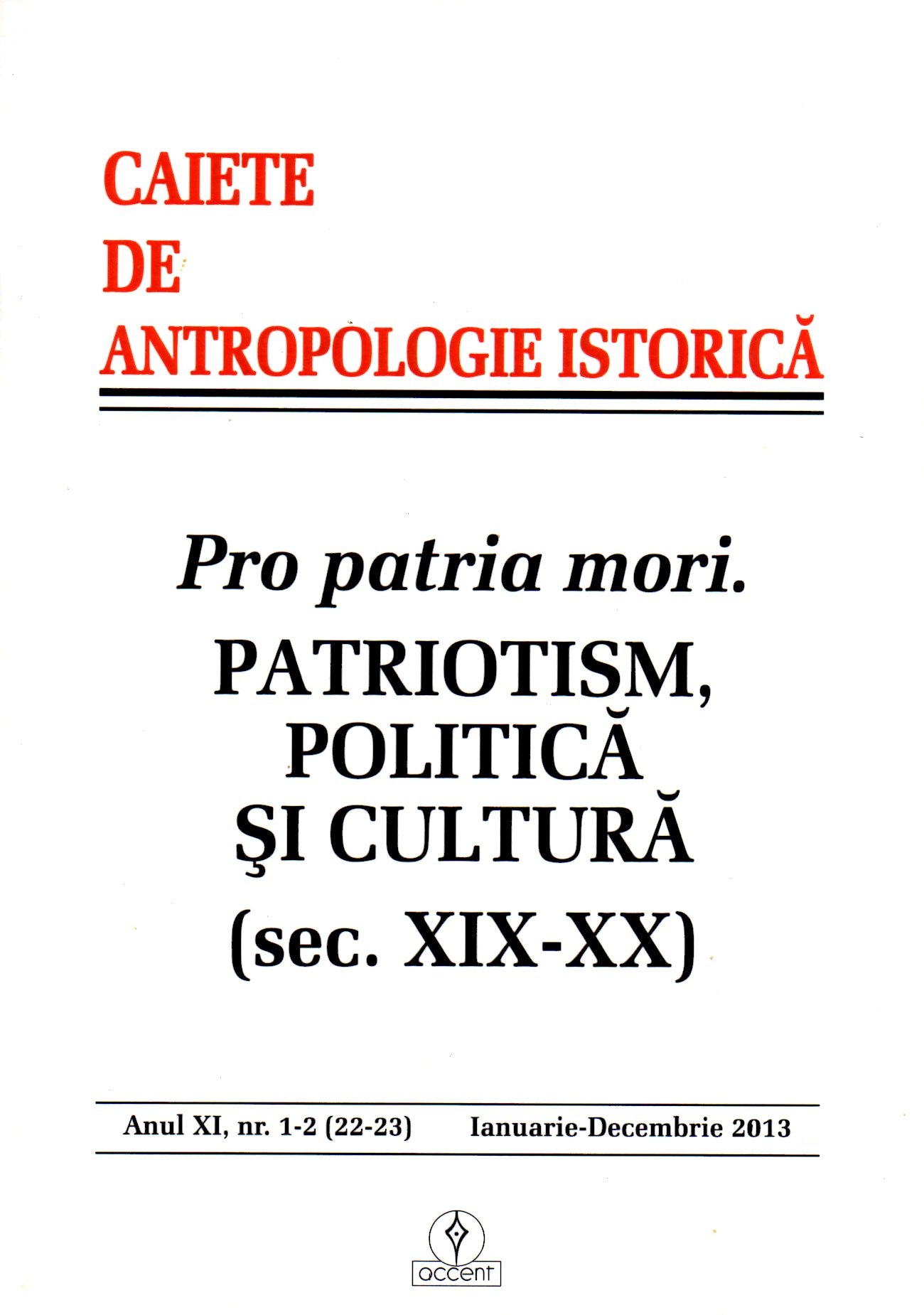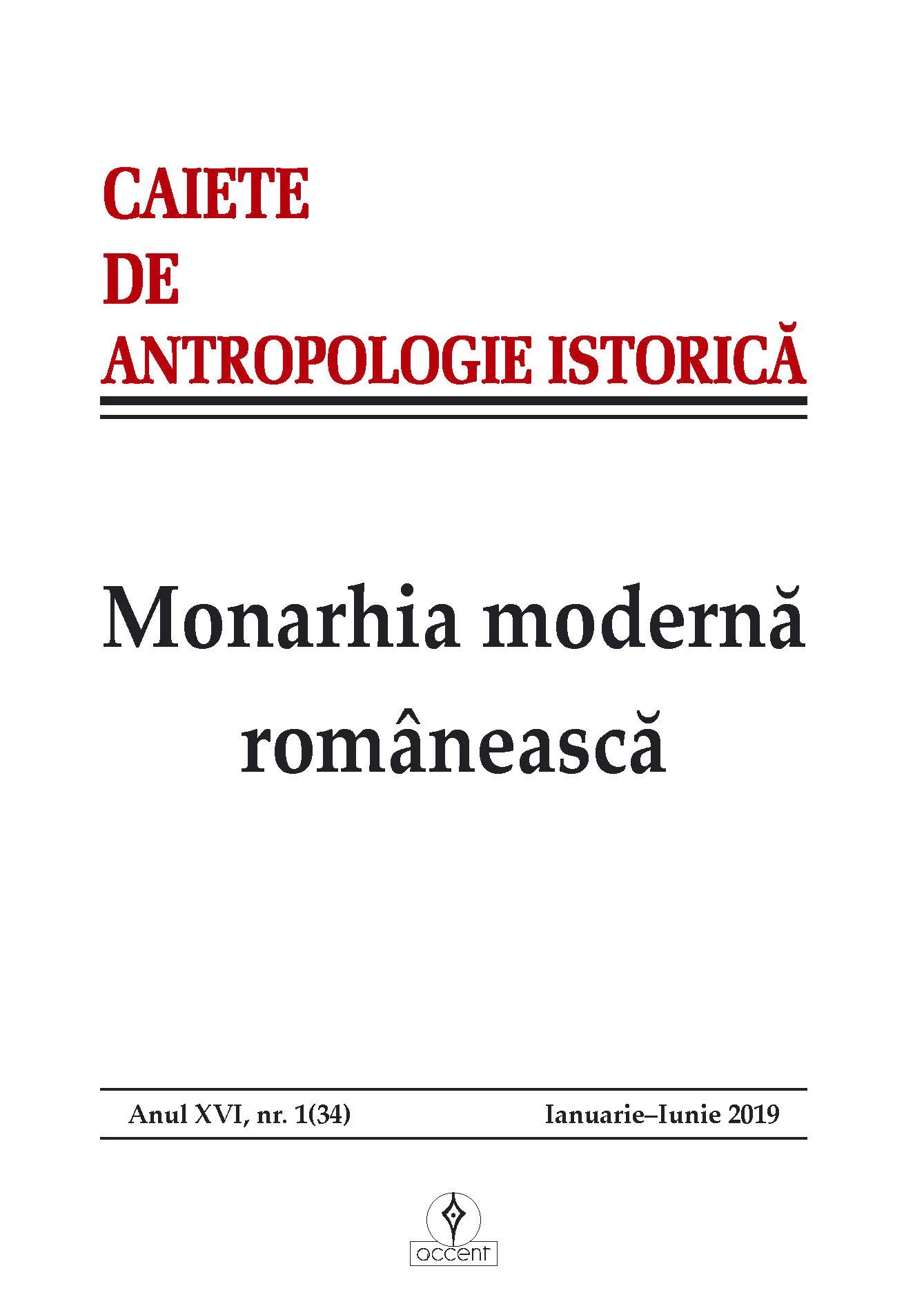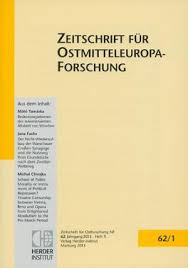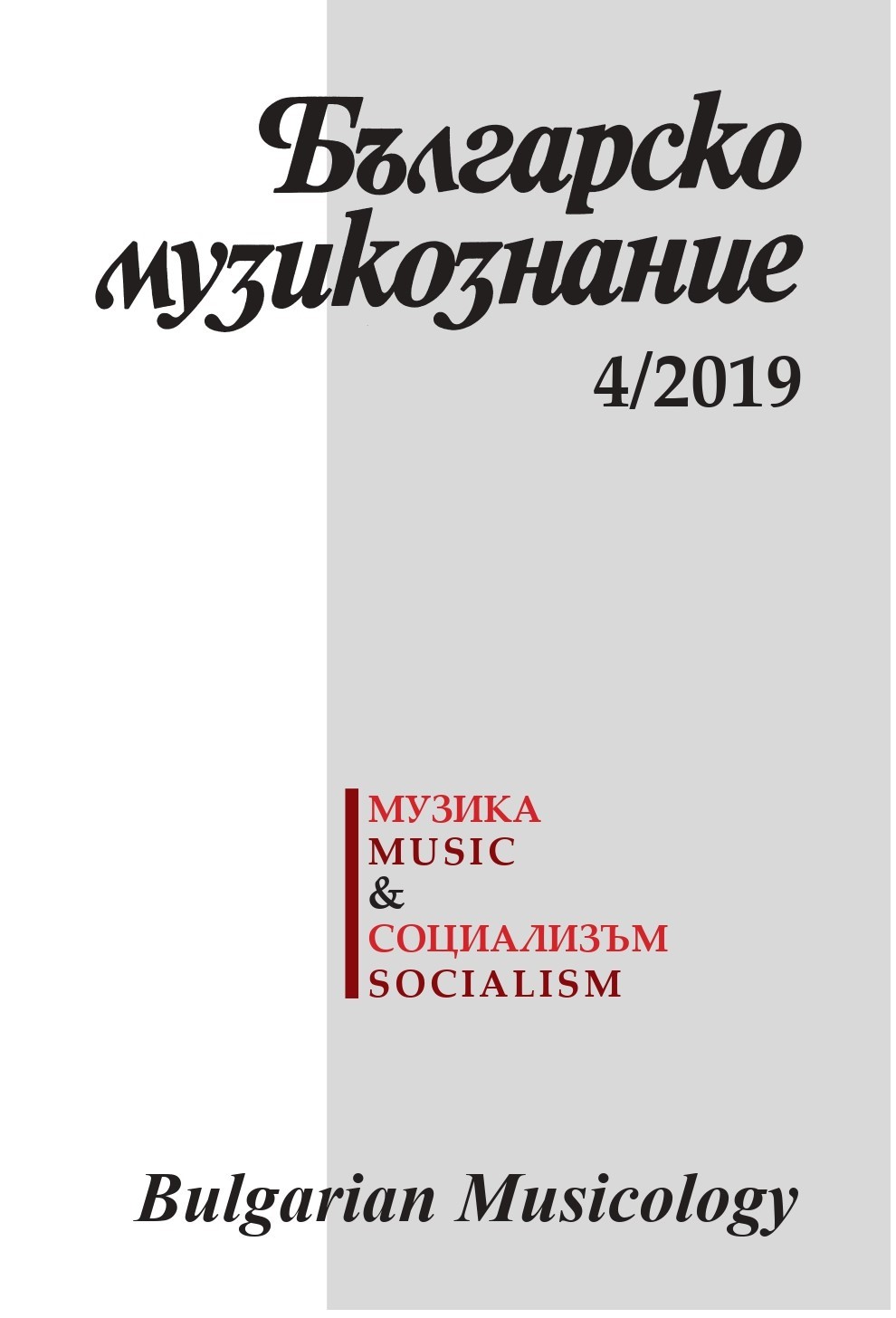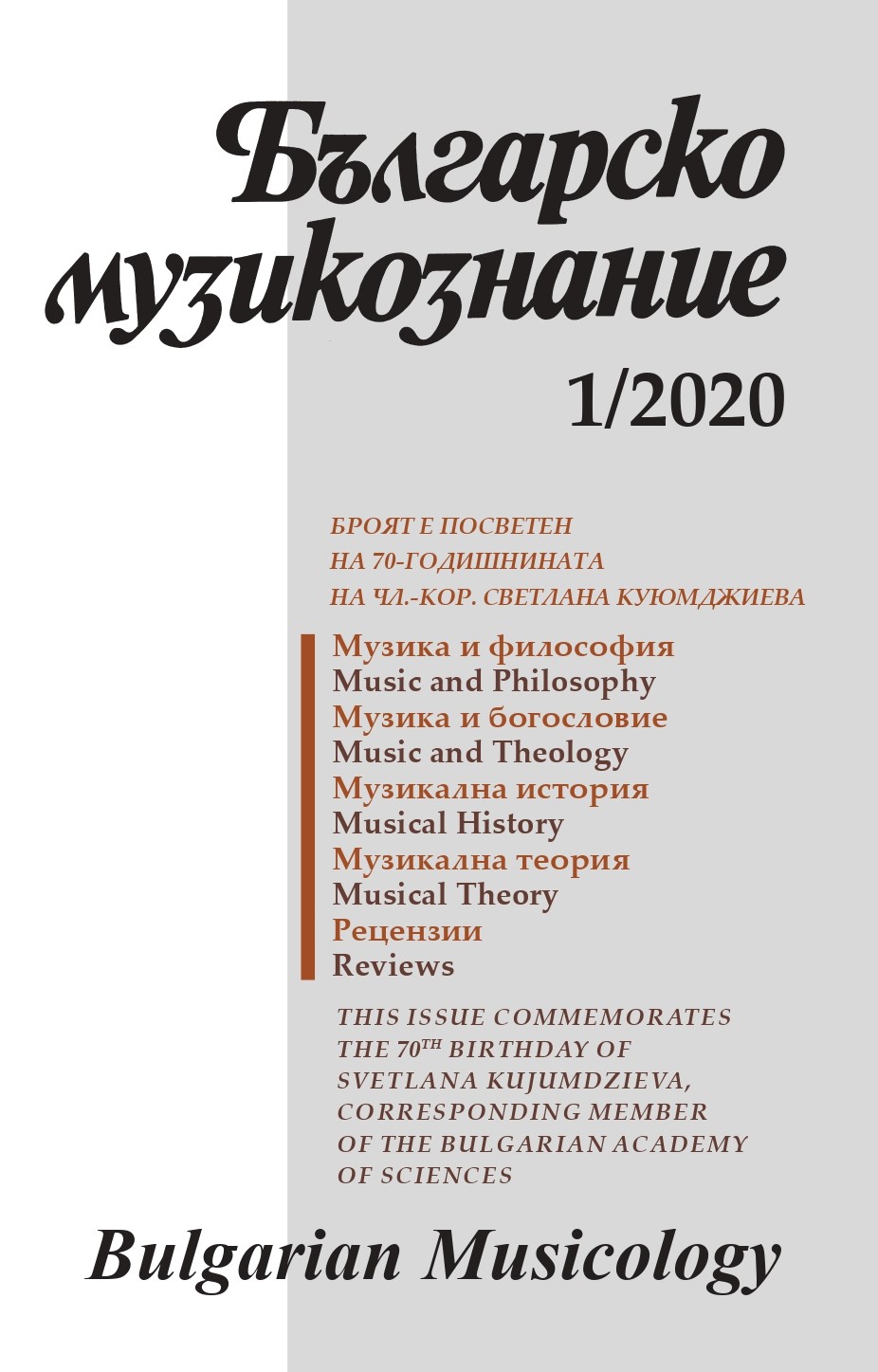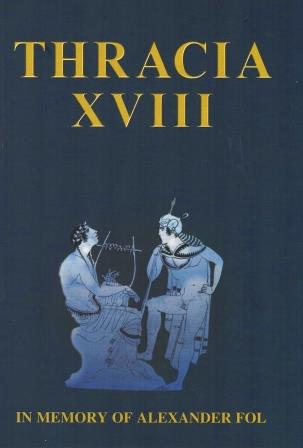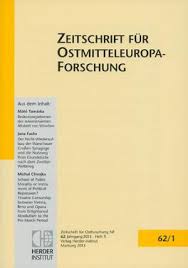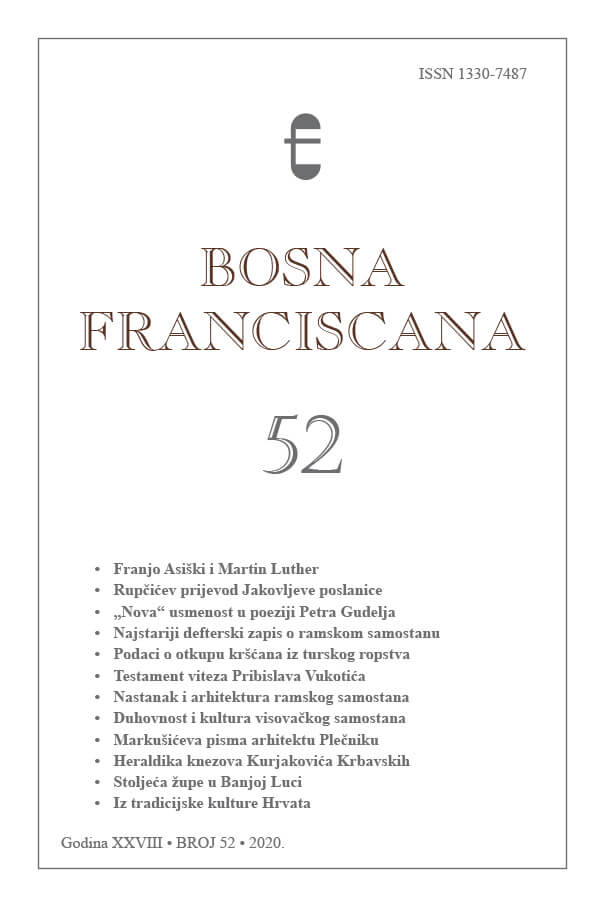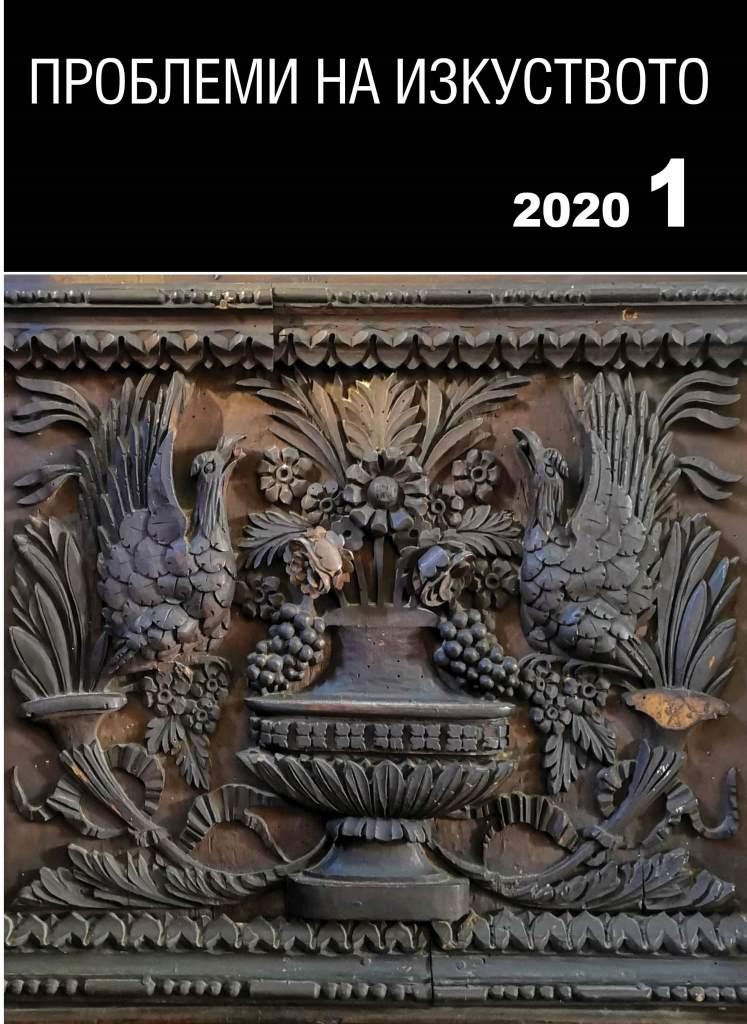Author(s): Cătălina Ionescu / Language(s): Romanian
Issue: 12-13/2008
Barocul este expresia unei maturări interioare a sensibilităţilor europene, chiar dacă aceasta nu traduce şi un echilibru; barocul înseamnă contrast, noutate, contradicţie, spirit aventurier şi temere. Barocul a luat naştere printr-o lovitură de teatru şi sub amprenta acesteia ajunge să guverneze vieţi, ridicându-le din neant sau prăbuşindu-le. Omul baroc manifestă o dizabilitate accentuată, emoţională şi psihică pentru că timpurile pe care le trăieşte îl supun unor experienţe traumatizante. Cu o doză de nebunie şi cu o doză de pragmatism cinic, el trăieşte zilnic lupte fizice şi morale, vede cum în faţa lui lumea cunoscută se schimbă din clipă în clipă, cum certitudinile dispar. Prin „om” înţelegem ceea ce se află în spatele categoriilor profesionale, sociale, economice, religioase, etnice şi prin urmare este normal ca fiecare dintre aceste segmente să se producă sub un anumit comportament, influenţat de cotidian. Mărturiile sale existenţiale, discursurile sunt măsura epocii respective. Creaţia artistică a secolelor XVII-XVIII este îndeosebi una dintre cele mai importante surse privitoare la epocă, a cărei decriptare poate permite o altă ecranizare a intervalului. Artele plastice majore româneşti încifrează metamorfozele care au loc la nivel ideatic dar şi în plan material, ilustrând noile forme ale gândirii şi fiinţării autohtone. Prin însăşi creaţia materială luăm la cunoştinţă despre începuturile maturizării societăţii româneşti, despre asumarea noilor responsabilităţi şi temeri, despre valorile acumulate de-a lungul timpului, despre noul statut. Oglindirea fidelă a trăirilor şi sensibilităţilor populaţiei în programele culturale şi artistice denotă o existenţă tranzitivă, între vechi şi modern, între Orient şi Occident, dar fără a neglija originile şi moştenirea. Documentul vizual, ce însumează edificii de cult (biserici, catedrale), clădiri civile, publice sau particulare (conace, palate), sculptură în relief sau ronde-bosse, fresce votive sau reprezentări canonice, vorbeşte prin punct, linie, pată de culoare, volum, despre lumea proiectată de mentalul şi imaginarul social al românilor. Dacă un palat de talia celui de la Mogoşoaia sau fastul maladiv ce-l înconjoară pe Vasile Lupu sunt mai explicite cu privire la imaginea pe care o aveau despre sine sau doreau să o creeze aceste societăţi, nu mai puţin lipsite de importanţă sunt formulările ceramice decorative parietale, arborii genealogici „portretizaţi” sau analogiile istorico-mitologice. Fie că sunt exprimări subtile, discrete, metaforice sau dimpotrivă, declaraţii directe, pline de patos (ale omnipotenţei şi strălucirii curţii de la Viena, de pildă), enclavele de creaţie artistică românească, de sorginte barocă, surprind prin complexitate şi elocvenţă, prin verticalitatea şi pertinenţa mesajului.
More...
